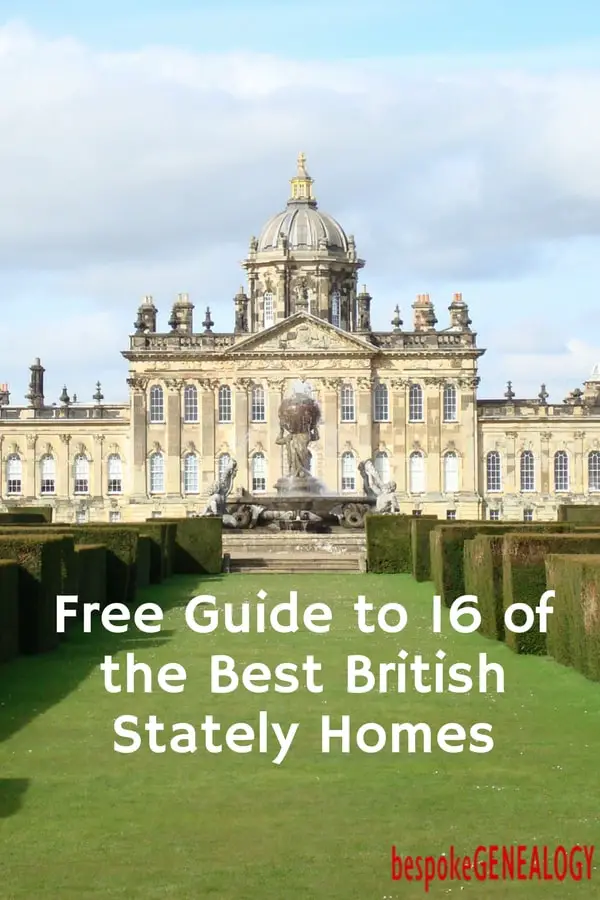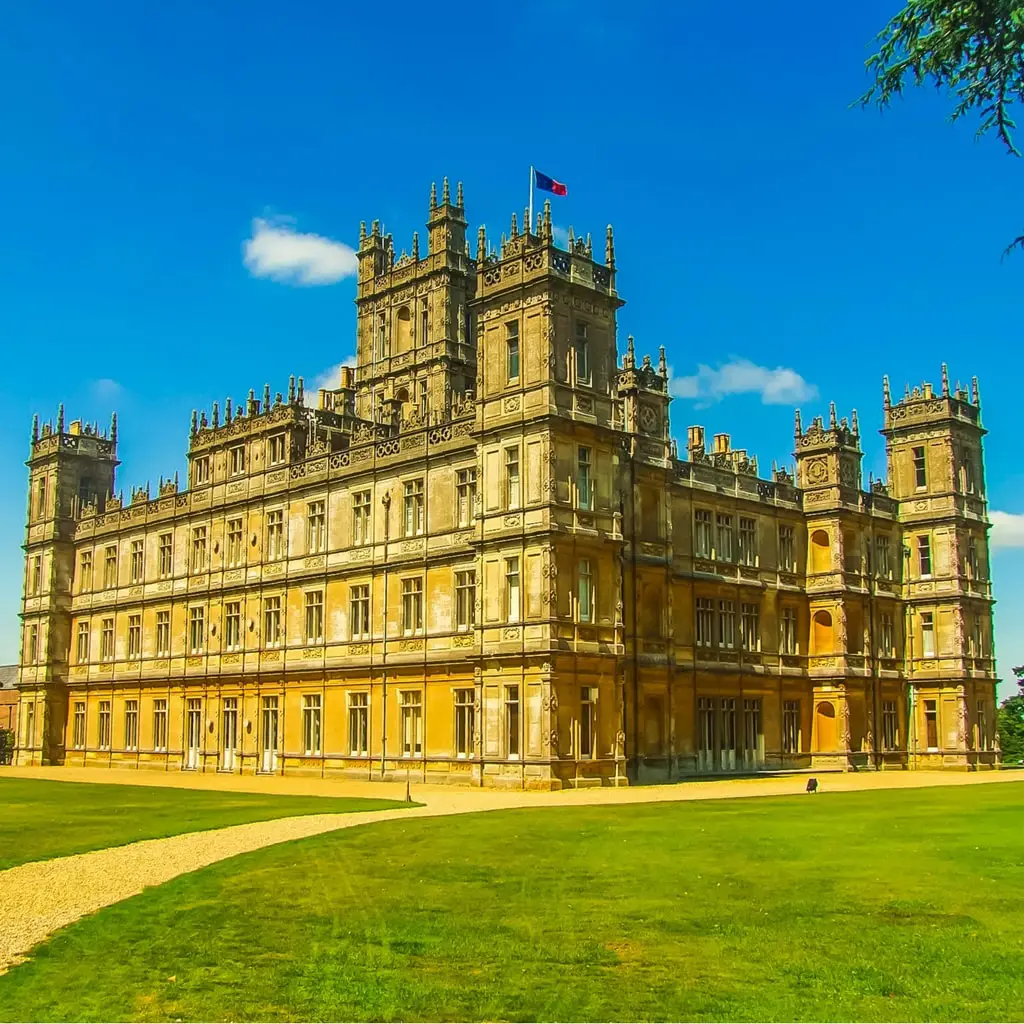
For many people, a stay in Britain would not be complete without a visit to at least one stately home or palace. Whether you are interested in history or just like to visit magnificent houses and gardens then, the United Kingdom has plenty to choose from.
The stately home or country house evolved from the fortified castle. During the Tudor period (1485-1603) the landed gentry, who owned the castles, felt that their property no longer had to be defended. Many of the castles were rebuilt as huge houses with styles often influenced by the owner’s journeys overseas.
Most of the landed gentry were very wealthy as they owned most of Britain and they were not shy in showing it. The heyday of country house building was the 17th and 18th centuries and the homes were often built to a grand scale. Castle Howard (above), for example, has accommodation extending over 140,000 square feet. That’s more than twice the size of an average North American Wal*Mart store! After the industrial revolution, large country houses were also built by rich industrialists and bankers.
The decline of the stately home started after the First World War. By then the owners had become less influential and economic reforms meant that they couldn’t continue running their estates at a profit. This, coupled with rising death duties (inheritance tax) meant that these homes were no longer viable. In the early part of the 20th century, many were demolished and the lands redeveloped.

Highclere Castle, England, the real life Downton Abbey
However, the good news is that many stately homes and palaces survive and are thriving, mainly thanks to paying visitors. Some homes are still owned by the original families such as Highclere Castle, made famous by playing the part of Downton Abbey in the popular television series. Most of the rest are owned by organizations such as the National Trust and English Heritage.
I’ve put together information on 16 of the best British stately homes and palaces. You can download this for free by subscribing (again for free) to Bespoke Genealogy Travel here or by clicking on the button at the top of the page. I hope you find it useful.
Pinterest Pins:


Leave A Comment